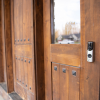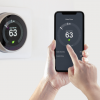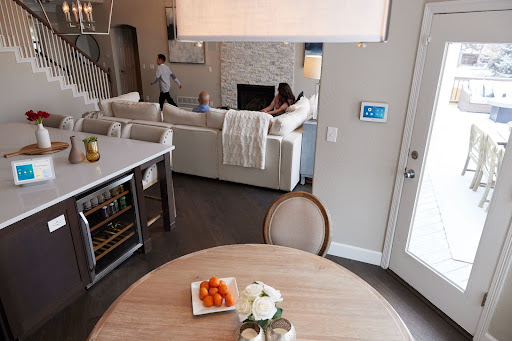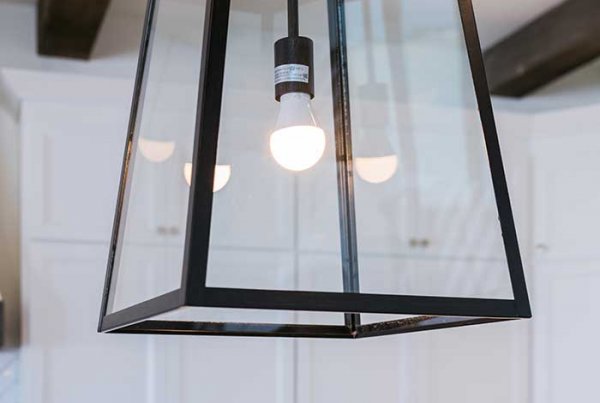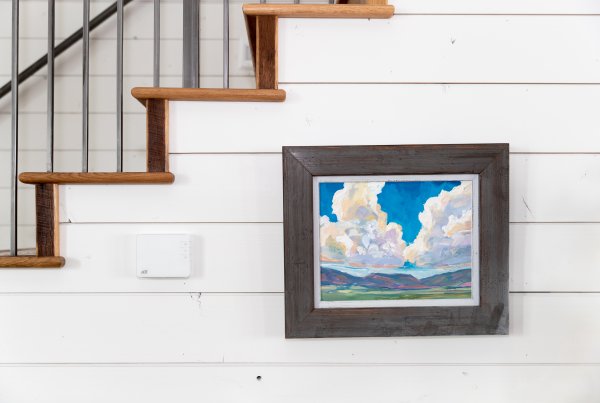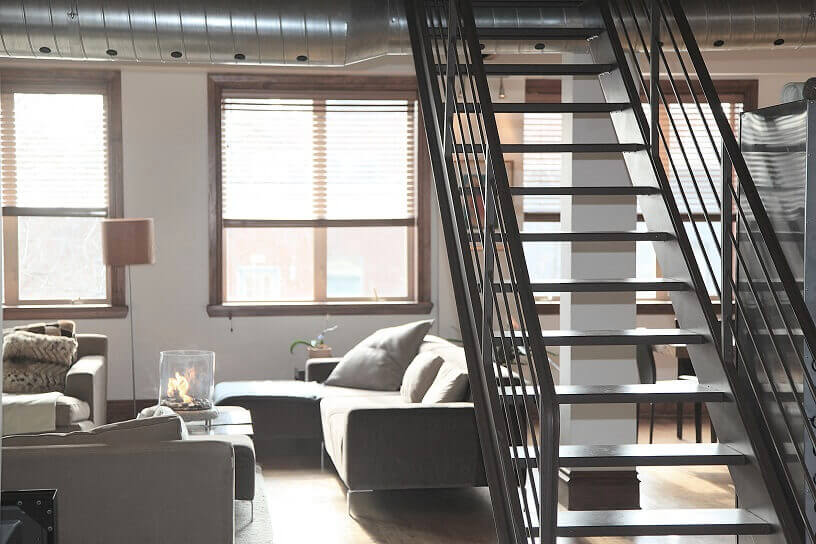
It’s a joke at our house about how I am always cold, especially my feet. My family regularly buys me thick socks to wear, and I regularly wear them out. I am quite often wearing a sweater while the rest of the household is running around in t-shirts. And when I get chilled, it takes me ever so long to finally warm up again. So when I learn that I can get better control over the temperature in my home by remotely controlling or even automating it, I warm up to that idea right away!
It turns out that smart home temperature control is possible with today’s home automation technology. No more walking into a cold house at the end of the work day or waking up because the bedroom is too stuffy at night or wasting money heating empty rooms when no one is home. Now you can get smart home technology for smart home temperature control.
If taking control over the climate of your home interests you, you’ll likely be even more interested to learn that you can get this kind of control as part of your home security package (depending on the provider). That means you don’t have to track down one more vendor to find someone who can set you up with this kind of technology: Simply make it one of the features you put on your must-have list when comparing home security options.
To help you know what’s possible and what to look for, below are some of the things you’ll want to know about this kind of home temperature control technology…
Remote temperature control
Remote temperature control lets you warm up or cool down your home—even when you’re not home. You can remotely automate, schedule, monitor and adjust your home’s temperature from wherever you are, as long as you can get online, using an app on your smart phone or computer.
More than home climate control
With a smart home thermostat, you can do something as simple as set ideal maximum and minimum temperatures for your home. It’s not just the convenience of control that you’ll want to look for, however. With some systems, you can create an emergency fire automation that turns off your thermostat to slow the circulation of smoke in the event of a fire, for example. Some additional features you’ll want to look for in an automatic temperature control system include:
- A low temperature sensor that can activate your home security system and notify you when dangerously low temperatures are detected. This can prevent freezing pipes or other damage due to drops in temperature.
- A heat sensor that can trigger an alarm to alert you and automatically notify your home security company when dangerously high temperatures are detected.
- A battery backup in case the power goes out.
The thermostat is key
This kind of technology requires a new thermostat, and you have options there too. Your remote control thermostat can be battery powered, plugged in, or connected to your HVAC system. You can schedule your thermostat settings when your home is empty to help lower energy costs. Or you can even get a “learning” thermostat that adapts to changing seasons and to your lifestyle, so you’re not having to teach it to do what you want: It’s adapting automatically. You don’t have to figure out the programming, and this ability for the thermostat to “learn” can lead to big savings in your energy bill, as it knows when to conserve.
Home security systems are definitely evolving into home automation systems, so we can keep our families safe and keep our costs down. And that’s nothing but “smart”! Now if you’ll excuse me, I need to put on another pair of socks because my feet are still cold…




